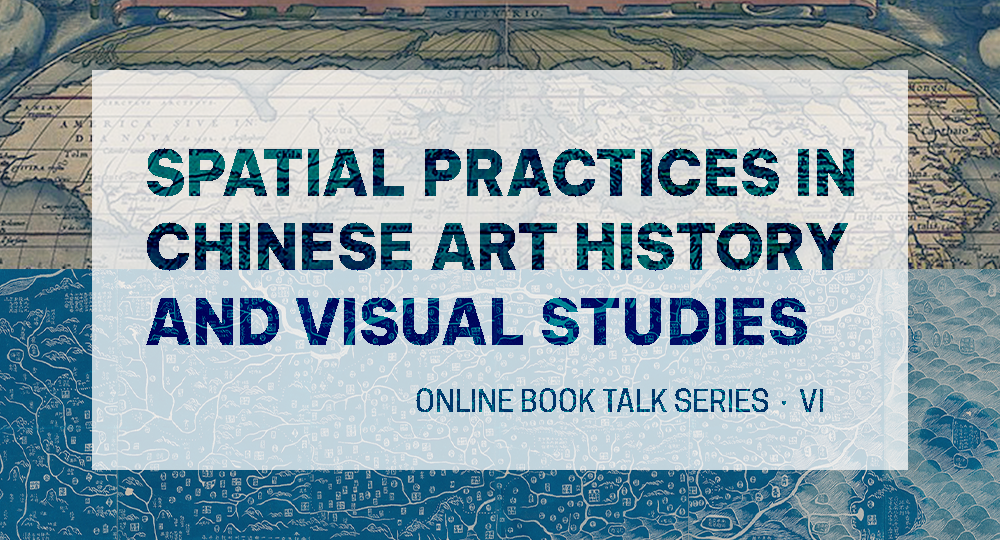全圖:中國與歐洲之間的地圖學互動

-
日期
2022年4月24日
-
主辦單位
中國文化學系
-
時間
11:30 - 13:00
-
地點
ZOOM 網上直播
講者
Professor Timothy Brook
Moderators: Kathy Mak, Lu Pan
查詢
An Kwok yukan.kwok@polyu.edu.hk
摘要
Until 1600, Chinese carried in their heads a fairly stable image of China shaped by centuries of cartographic practice. That stability was troubled slightly during the Yuan, traces of which can be found in the standard Ming atlas of Luo Hongxian 羅洪先, Guang yutu 廣輿圖. After 1600, however, the national map of China undergoes an extraordinary process of revision when cartographic publishers in Nanjing begin to experiment with new ways of picturing China and the world. The image of China continued to evolve through the Qing, achieving its nationalistic apotheosis with the Complete Map of the Qing Great State 大清全圖, which was widely reprinted through the first quarter of the 19th century. This presentation will start with that image and then ask, where did it come from? No map transcribes reality, after all; it creates it. The gap between transcription and creation is where we will look to reconstruct China’s convoluted history of its own self-image. The biggest surprise will be the discovery that Abraham Ortelius, the 16th-century map publisher from Antwerp, played a seminal role. Nothing moves in a straight line, after all—which is why history is so important. Without it, we have no way of seeing around the curves behind us and realizing just where we’ve come from.
講者

Professor Timothy Brook
Professor, Department of History, The University of British Columbia
Timothy Brook is a historian of China whose work has focused on the Ming dynasty (1368-1644) but extends to issues that span the period from the Mongol occupation of China in the 13th century to the Japanese occupation of China in the 20th. In addition to serving as the general editor of Harvard University Press’ History of Imperial China, he has published extensively on China in the world.
Moderators: Kathy Mak, Lu Pan




